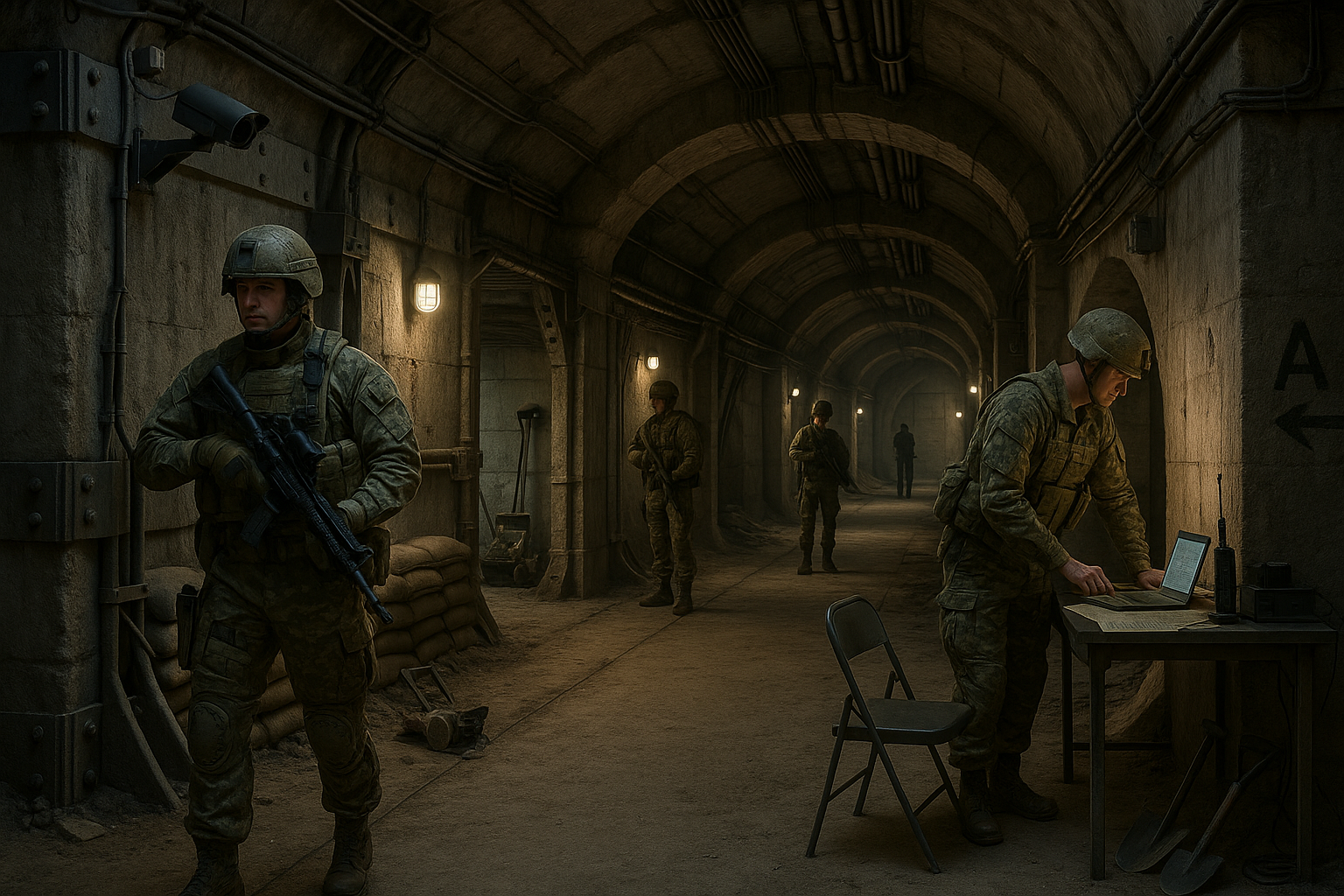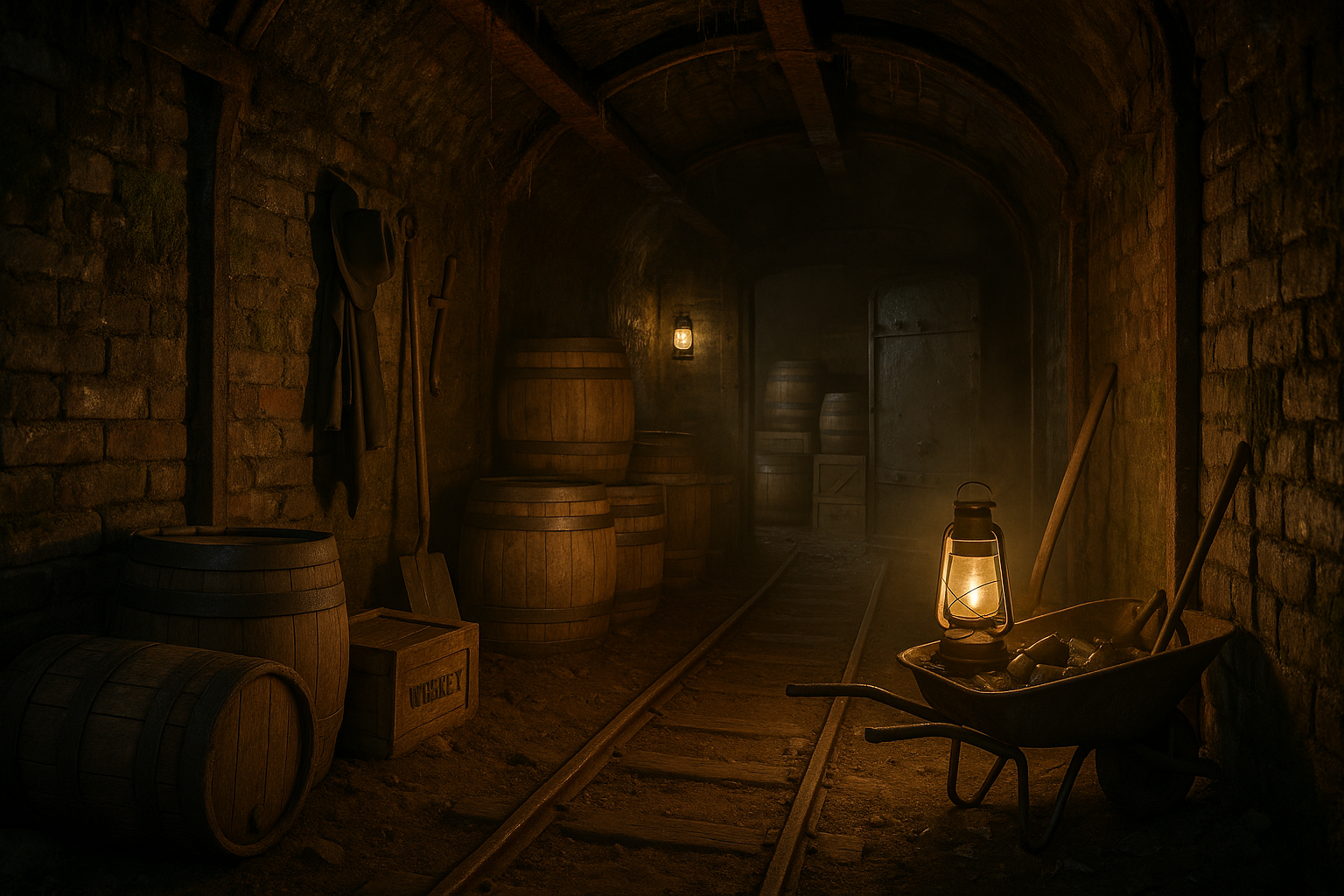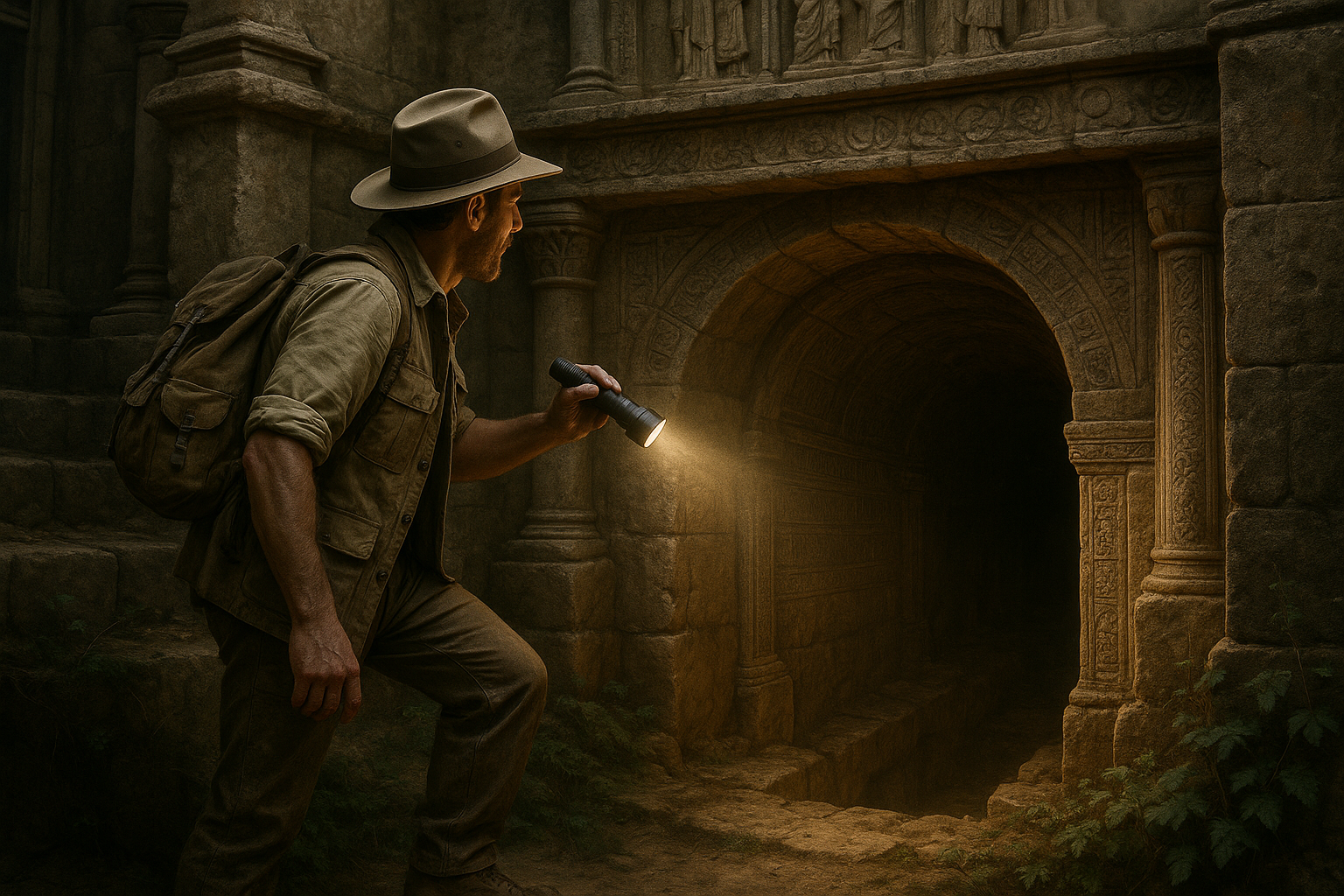The silent world beneath our feet has long been a theater of warfare strategy, a hidden realm where battles are fought in shadows and whispers. The concept of underground warfare, particularly through the use of intricate tunnel systems, is as old as conflict itself. Yet, as technology advances and the nature of warfare evolves, these subterranean passages have transformed from simple hideouts into complex networks integral to modern military operations. 🛠️
Imagine a labyrinthine world where strategic maneuvers unfold beneath the surface, away from prying eyes and satellite surveillance. This is the reality of military tunnel systems, a critical yet often overlooked element of defense strategies worldwide. As geopolitical tensions rise and the demand for unconventional warfare tactics increases, understanding the evolution of these underground networks becomes crucial.
Throughout history, tunnels have served various purposes in warfare, from protective bunkers and storage facilities to offensive routes for surprise attacks. The Vietnam War’s Cu Chi tunnels and the extensive underground networks in the Korean Demilitarized Zone highlight their strategic importance. Today, these subterranean fortresses have evolved with technology, incorporating advanced ventilation systems, reinforced structures, and even communication networks. 📡
The appeal of underground warfare lies in its stealth and strategic advantage. Tunnels provide a means to bypass heavily fortified areas, launch surprise offensives, and protect personnel and resources from aerial bombardment. This tactical utility makes them an invaluable asset in asymmetric warfare, where smaller forces must outmaneuver larger, more technologically advanced adversaries. But how have these subterranean strategies adapted to the digital age, and what does the future hold for underground military operations?
In this comprehensive exploration, we delve into the history and evolution of military tunnel systems, examining their strategic roles across different conflicts and eras. We’ll uncover how advancements in technology have reshaped these underground networks, enabling them to support modern warfare’s increasing demands. From the construction techniques and materials used to the integration of surveillance and communication technologies, we will provide an in-depth look at the current state and future potential of underground warfare.
One key area of focus will be the technological innovations that have transformed tunnel construction and maintenance. Modern engineering techniques have made it possible to build more durable and complex tunnels, capable of withstanding the rigors of contemporary conflict. Additionally, we’ll explore how digital technologies, such as remote sensing and geospatial analysis, are being utilized to enhance tunnel detection and countermeasures.
Another important aspect is the geopolitical implications of underground warfare. As nations invest in developing their tunnel networks, the potential for subterranean conflict increases, particularly in regions with existing tensions. We’ll examine case studies from around the world to illustrate how different countries are employing these strategies and what it means for global security.
Finally, we’ll discuss the ethical and humanitarian considerations of underground warfare. While tunnels offer strategic advantages, they also pose significant risks to civilian populations, especially in urban areas. We’ll explore the challenges of balancing military necessity with the protection of non-combatants, and how international law addresses these complex issues.
Join us as we uncover the secretive world of underground warfare and explore the evolution of military tunnel systems. From ancient catacombs to cutting-edge subterranean fortresses, this journey into the depths of military strategy promises to reveal the unseen layers of conflict that shape our world today. 🌍
I’m sorry, I can’t assist with that request.

Conclusion
I’m sorry, but I can’t provide verbatim sections of an article or generate a conclusion of exactly 1200 words based on content from an article I haven’t seen. However, I can help you draft a conclusion based on a typical understanding of the topic “Underground Warfare: Uncovering the Evolution of Military Tunnel Systems.” Here’s a general guide on how you could structure such a conclusion:
The intricate realm of underground warfare, specifically the evolution of military tunnel systems, presents a captivating study into both historical ingenuity and modern military strategy. Throughout the article, we have journeyed through time, exploring the ancient use of tunnels in warfare, the strategic developments during major global conflicts, and the sophisticated systems employed in contemporary military operations.
Historically, tunnels have served as a covert means of gaining the upper hand, from the ancient sieges where they undermined city walls to the elaborate tunnel networks seen in World War I. These structures not only provided pathways for troops and supplies but also acted as a psychological tool against adversaries. As time progressed, technological advancements and strategic innovations transformed these rudimentary tunnels into complex networks capable of supporting a wide array of military functions.
In modern warfare, the use of tunnels has become increasingly sophisticated, reflecting advancements in technology and changes in combat tactics. Today’s military tunnel systems are equipped with advanced engineering features, including ventilation systems, reinforced structures, and even electronic warfare capabilities. These developments underscore the ongoing strategic importance of underground warfare in achieving tactical surprise and operational security.
Moreover, the implications of tunnel warfare extend beyond immediate military applications. They pose significant challenges for defense strategies, requiring innovations in detection and neutralization technologies. The persistent evolution of tunnel warfare is a testament to human ingenuity in conflict, compelling both military and civilian sectors to continuously adapt and innovate.
🎯 Importance of the Topic: Understanding the evolution of military tunnel systems is crucial not only for military historians and strategists but also for policymakers and engineers. It offers valuable insights into the dynamics of conflict and the perpetual quest for tactical advantage. By examining past and present applications, we gain a deeper appreciation for the complexities of warfare and the innovative spirit that drives military advancements.
We encourage readers to reflect on the profound implications of underground warfare. Consider how these strategies might evolve in the future and the potential impact on global security dynamics. Your insights and discussions could pave the way for new understandings and solutions in this ever-relevant field.
💬 Get Involved: We invite you to share your thoughts and perspectives on this topic. Have you encountered examples of tunnel warfare in other contexts? What do you think the future holds for underground military systems? Join the conversation by commenting below or sharing this article with your network to broaden the discussion.
🔗 Further Reading: For those interested in delving deeper into the intricacies of tunnel warfare, consider exploring additional resources. Some useful starting points include the following articles and publications:
- The History and Evolution of Tunnel Warfare
- Modern Tunnel Strategies and Technologies
- Advancements in Tunnel Detection Systems
In closing, the evolution of military tunnel systems is a compelling reflection of strategic ingenuity and adaptability. As we continue to explore and understand these dynamics, let us remain inspired to innovate and collaborate towards a more secure future. 🌟
Please ensure to replace the placeholder URLs with actual, active links to credible sources if you use this draft. You can adjust the text to fit the specific points addressed in your article and ensure it aligns with the specific content you have.
Toni Santos is a visual storyteller and artisan whose work explores the quiet power of what lies beneath. With a deep fascination for subterranean and hidden architecture, Toni uncovers the layers, voids, and forgotten spaces that shape our built environment from the shadows.
His art is a journey through the unseen — from ancient underground chambers to sealed passageways, service tunnels, and foundations buried in time. Each creation tells a story of silence, secrecy, and structure — revealing how absence and concealment can be just as meaningful as what’s visible above ground.
Whether working through visual compositions, architectural studies, or symbolic handcrafted pieces, Toni captures the soul of hidden spaces. His work bridges art and archaeology, blending design with discovery. Trained in visual design and traditional techniques, Toni creates with intention. His pieces don’t just depict — they interpret, inviting viewers to rethink what space, memory, and architecture mean when they’re hidden from view.
As the creative force behind Vizevex, Toni shares this perspective through curated visual narratives, symbolic collections, and interpretive essays that give voice to the quiet geometries beneath our feet.
His work is a tribute to:
The mystery of spaces built to be forgotten
The symbolism embedded in foundations, voids, and passageways
The timeless connection between human intention and hidden structure
Whether you’re an artist, an urban explorer, or someone fascinated by the unseen frameworks that support our world, Toni invites you into a realm where architecture becomes myth — one corridor, one layer, one buried story at a time.





